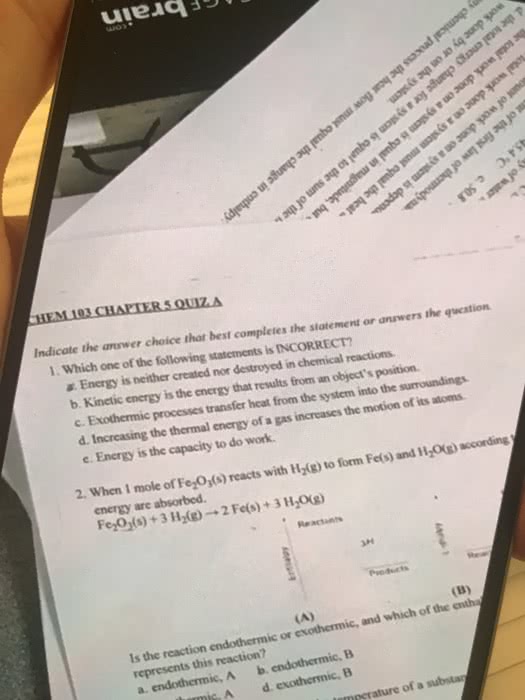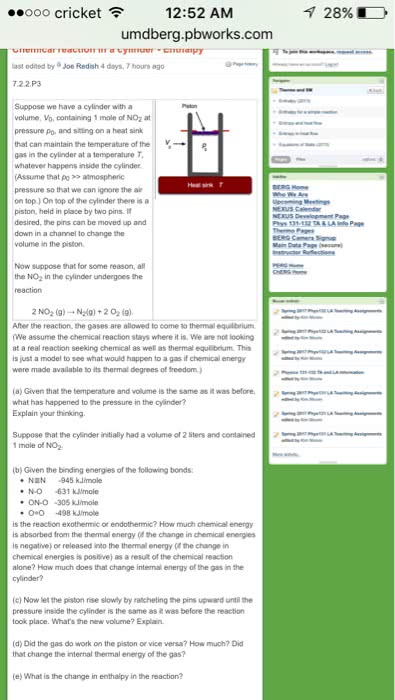CHEM 1031 Lecture Notes - Lecture 12: Thermal Energy, Rotational Energy, Chemical Energy
Document Summary
Thermochemistry is the study of the relationships between chemistry and energy: most chemical reactions involve heat in some way, heat can be absorbed (endothermic, heat can be released (exothermic) Chapter 6. 2: the nature of energy: key definitions. Stored energy like pushing a spring: chemical energy is associated with the relative positions of electrons and nuclei in atoms/ molecules. Chemical energy is a type of potential energy: hydrogen gas is flammable, oxygen is flammable, but h2o is not. 1000 cal = 1 cal (nutrition) = 1 kcal: calorie (cal) = amount of energy required to raise temperature of water by 1 degree c, calorie (cal) = 1000 calories, used for nutrition. 130 cal x 1000 cal/ 1 cal x 4. 184 j/ 1 cal x 1 kj/ 1000 j = 544 kj kwh = kilowatt hrs (electricity)s. Energy cannot be created nor destroyed. (law of conservation of energy. The total energy of the universe is constant.



